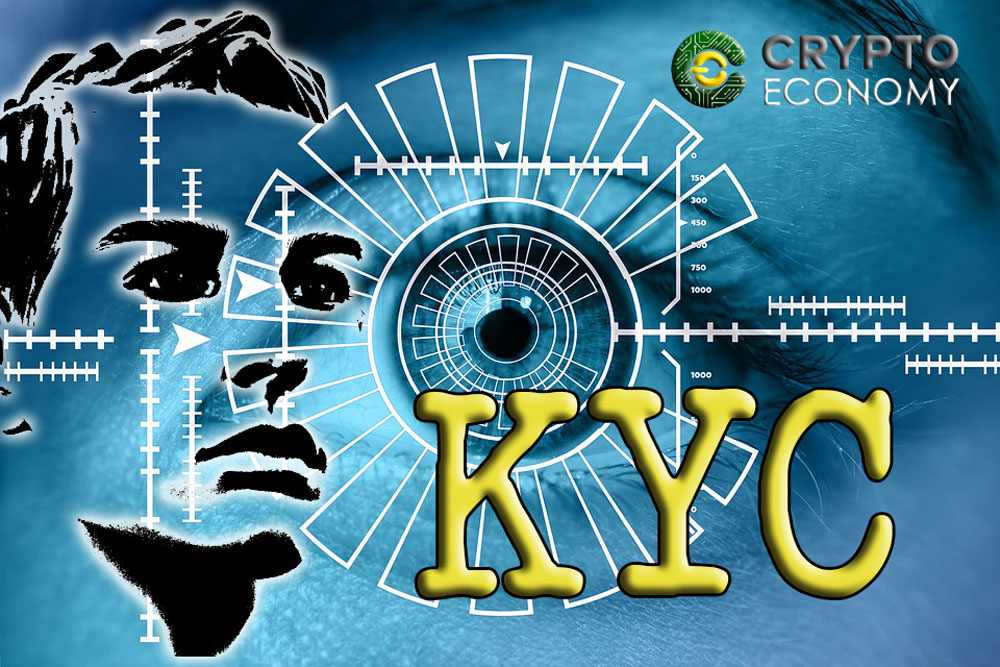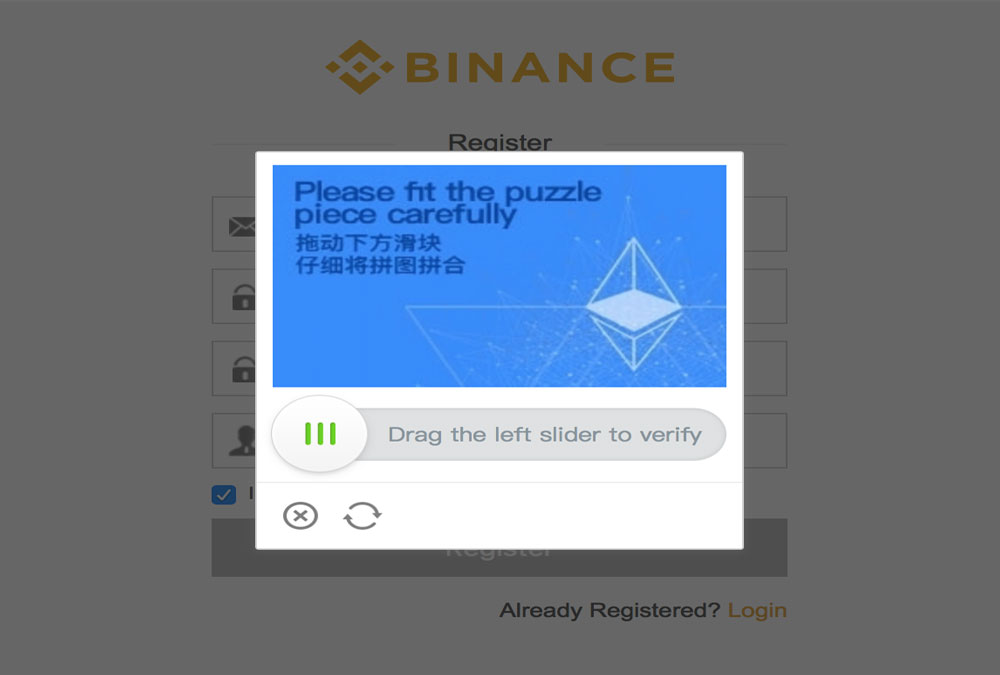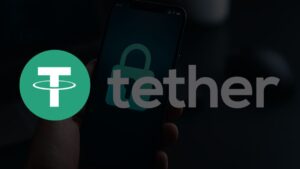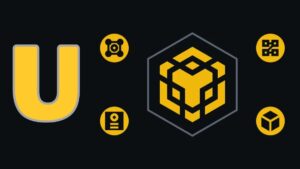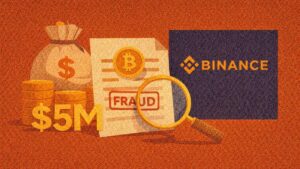Earlier in the days when digital currencies were unknown to most people, logging into an exchange was as simple as keying in your email and password. But these days, with the ever present threat of hacks, exchanges are going the extra mile to stay ahead of hackers and protect the account of users.
Users are progressively experiencing that the days of easy access to their accounts on exchanges is well over. Some exchanges that had straightforward logging in procedures years ago now require more elaborate processes to access accounts. Today, the minimum verification process needed in all exchanges is the 2-factor authentication, but that doesn’t even seem enough anymore as more stringent and elaborate measures are put in place to avoid security breach.
The measures these exchanges have adopted are mainly targeted at spam and bots deterrence knowing that even though the technology that makes bots imitate humans has advanced, it still has limitations. Another reason for these precautions on the part of exchanges is to be protected against legal actions.
Binance
Binance has implemented a “fix the puzzle” verification process, in which the user needed to do exactly that (arranging a puzzle correctly) before access is given to log in, a situations which has led to several complaints that keeps the customer support busier than usual as they attend to users that couldn’t fix the puzzle. But unless you are a robot it is solved very easily.
Kucoin
Kucoin, a few weeks ago commenced asking a set of predetermined questions that users must give answers to whenever they log in, making many traders annoyed at the repeated cycle of questions. Nevertheless, most of them seem to have resigned to the fact that it is a necessary step in securing their digital currencies at the exchange.
Bittrex
For Bittrex, it seems to have become a culture that logging in must be done twice. That is after confirming and authorizing the login from the registered email. It appears that the log in process in this exchange has been programmed this way: the first log in usually indicates non recognition of the IP address even if it is the usual IP and device being used. It takes a second log in to be granted access to the dashboard.
Gate.io
Gate.io may be one exchange with the most weird verification procedure, especially when it comes to getting KYCed. The exchange has incorporated some nine gestures which a user must replicate four to be verified as a user of the exchange. This has made it practically impossible to attempt doing this in public. This may be a good idea for security reasons.
Everyone who is conversant with the cryptocurrency space is aware that the risk of theft from an exchange is among the highest concern of users. It may be another instance when the saying “better safe than sorry” applies.


